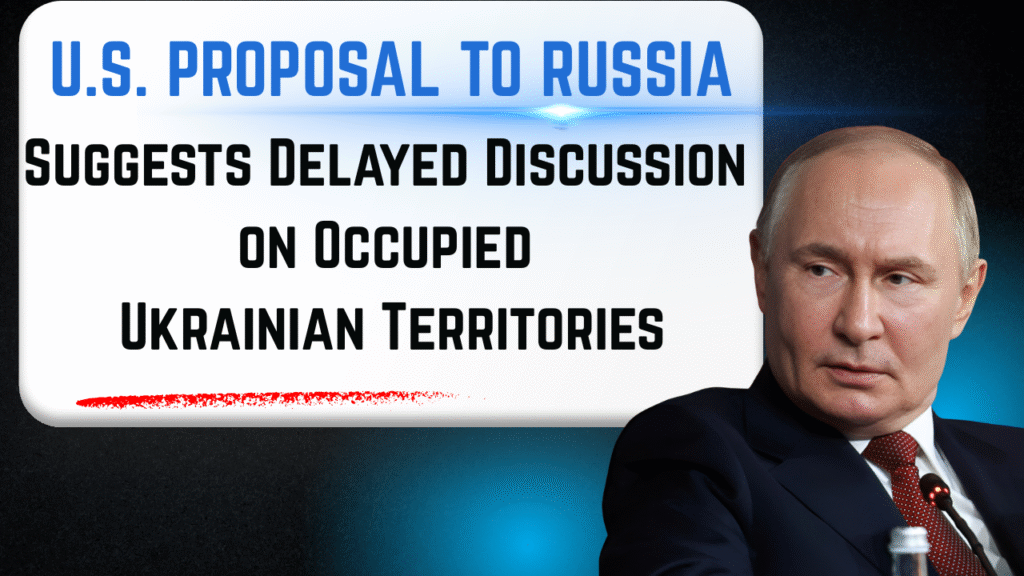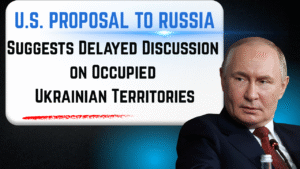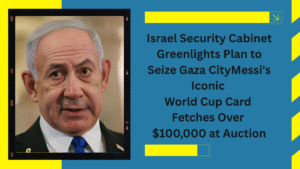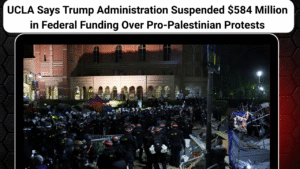A recent report claims the United States presented Russia with a proposal containing several notable terms:
A halt to hostilities in Ukraine, stopping short of signing a formal peace treaty.
Delaying any discussion on Russia’s territorial claims for 49 or 99 years, effectively granting temporary recognition of its control.
Easing most sanctions on Russia, with a long-term plan to resume energy cooperation, including imports of Russian oil and gas.
No assurance that NATO would stop expanding.
No commitment to halt military aid to Ukraine — a point Russia is reportedly open to accepting.
On July 29, U.S. President Donald Trump warned Moscow it had until August 8 to agree to a ceasefire or face new sanctions, including secondary measures against nations buying Russian oil. He repeated the warning on August 1, stressing that Russian President Vladimir Putin was familiar with sanctions and how to bypass them.
Trump stated he would decide on his next steps after his envoy, Steve Witkoff, returned from talks in Moscow. On August 6, Witkoff met with Putin for roughly three hours, while Trump spoke by phone with Ukrainian President Volodymyr Zelenskyy and several European leaders.Zelenskyy later stated that all sides involved shared a clear stance — the war needs to be brought to an end.
Trump suggested a personal meeting with Putin could happen soon, potentially alongside Zelenskyy in a trilateral summit. Kremlin official Yuri Ushakov later announced that the venue for the planned Putin–Trump meeting had been finalized, with talks anticipated to take place soon.
Critics argue the proposal’s delay in resolving territorial disputes risks legitimizing military aggression, undermining Ukraine’s sovereignty, and setting a troubling precedent in international relations. Instead of being seen as a step toward peace, it could be viewed as a concession rewarding the invasion.






